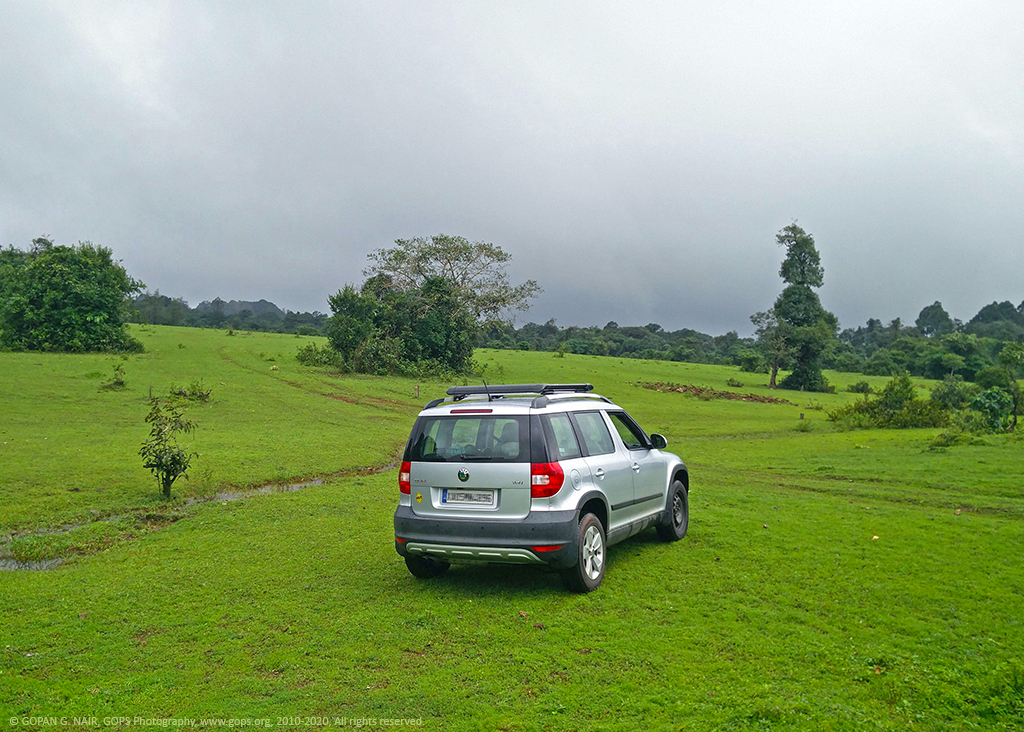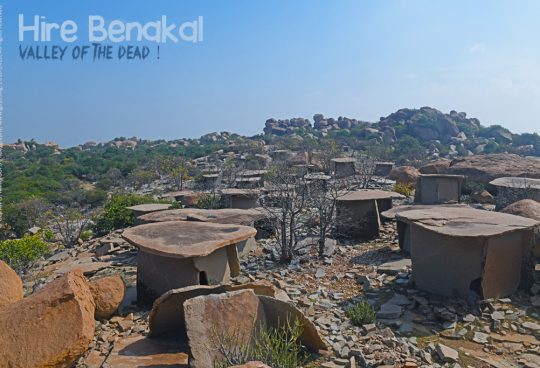The earthy aroma that wafts into the air when rain kisses the dry soil after a prolonged dry spell, known as ‘petrichor,’ holds a captivating allure. This delightful fragrance, stemming from the Greek words ‘Petra’ (stone) and ‘Ichor’ (the fluid flowing through the veins of Gods), is deeply intertwined with our ancestral reverence for rain as a life-giving force. Scientifically, this phenomenon occurs as raindrops stir the earth’s pores, releasing minuscule bubbles of plant oils, bacteria, and ozone into the atmosphere. While excessive ozone can pose risks to human health, the amount released during this enchanting event is negligible, allowing us to relish the revitalizing essence of petrichor without concern.
I believe we’re straying from our main topic. Let’s shift our focus to places where rain is a daily occurrence. In the northeastern part of India, there’s ‘Cherrapunji’, which was previously known as the wettest place on Earth and still holds the Guinness Book record for the highest recorded rainfall in a location.
Nestled in the heart of the Western Ghats, the lesser-known gem of ‘Agumbe’ has earned the title of the ‘Cherrapunji of South India’ owing to its intimate relationship with rainfall. The lush tropical rainforest of Agumbe is renowned for its rich biodiversity, rare medicinal herbs, and is also home to the majestic ‘King Cobra’, adding an air of mystique to this captivating destination.
Agumbe hill station, located 380 km from Bangalore in the Shimoga district of Karnataka, India, is a charming small village with limited food and accommodation options. For lodging, Mallya Residency, a decent lodge near the bus station, is available. Additionally, there are some home-stays in the vicinity, with ‘Dodda Mane’ being a notable one standing in the heart of the town. This historic residence, which has stood for over 150 years, gained fame when it was featured in R.K. Narayan’s ‘Malgudi Days’ during its television adaptation in 1986. The name ‘Dodda Mane’ translates to ‘Big House’ in Kannada and dates back to 1860 when it was originally built by Vasudeva Rao. Over time, it was transformed into a bungalow by a well-to-do farming family.
This remarkable mansion, constructed with mud, stone, and wood, contains 28 rooms, along with spacious courtyards and a couple of kitchens. Notably, distinguished figures such as Mysore Diwan Mirza Ismail, Visvesvaraya, and Jawaharlal Nehru have visited Dodda Mane during its illustrious history. Presently, the heritage home is owned by Kasthuri Jayanth Rao, affectionately known as Kasthuri Akka, a senior citizen who struggles to maintain the estate as it once was. However, she continues the family tradition of providing food and shelter to travelers without any financial expectations.
During the monsoon season, the meadows transform into lush, vibrant carpets of green grass, while the trees adorn themselves with an extra layer of adornment courtesy of algae, lichens, and moss. There are numerous spots where adventure seekers indulge in forest trekking, off-road driving, and macro photography. However, it’s important to remember that forests are home to blood-sucking leeches and snakes, so wearing boots during exploration is a must. A brief ten-minute walk from Agumbe town takes you to the sunset point, offering breathtaking views of the Arabian Sea on clear days.
Daring trekkers also seek out the waterfalls in the vicinity, such as Kunchikal Falls, Barkana Falls, Onake Abbi Falls, and Jogigundi Falls. The Kundadry hills, perched at a height of 3200 ft, stand as another captivating destination near Agumbe. Ascend the narrow road to the hilltop for a panoramic view of the valley shrouded by rain clouds. At the summit, an ancient Jain temple overlooks an accompanying pond usually brimming with rainwater. The trekking trail leading up the hill is enveloped by verdant forests and blossoming flowers during the monsoon season.
If you’re looking for a unique getaway, the Agumbe Rainforest Research Station (ARRS) inside the rainforest is a must-visit. Established by the renowned Indian herpetologist Romulus Whitaker for the conservation and breeding of King Cobras, it’s a fascinating place to explore.
Situated just 28km from Sringeri, a well-known pilgrimage center en route to Bangalore, Agumbe is an ideal stopover during a drive between Udupi and Sringeri. My recent 24-hour trip there was a journey back to childhood, and it has left me with memories to cherish. The fresh air and earthy Petrichor I brought back with me are my survival kit for city life.
How to reach Agumbe
By Road :-
- (Distance 355 Km) Bangalore – Hassan – Chikmagaluru – Agumbe
- (Distance 60 Km) Agumbe – Udupi
- (Distance 116 Km) Mangaluru – Udupi – Agumbe




















Liam O'Neil
December 09, 2018
I intend to travel to this beautiful place during my next trip to India. What would you recommend for a decent accommodation at this place ?
GOPAN NAIR
December 10, 2018
I would suggest that you look for online options. Thanks for your visit & comments.
KURIEN THOMAS
March 25, 2019
We had been to this place after going through your page. Not much of facilities around, but really a hidden beauty. Good job, Well done.
GOPAN NAIR
March 26, 2019
There are couple of home-stays in the region. Good to know that you liked the page.